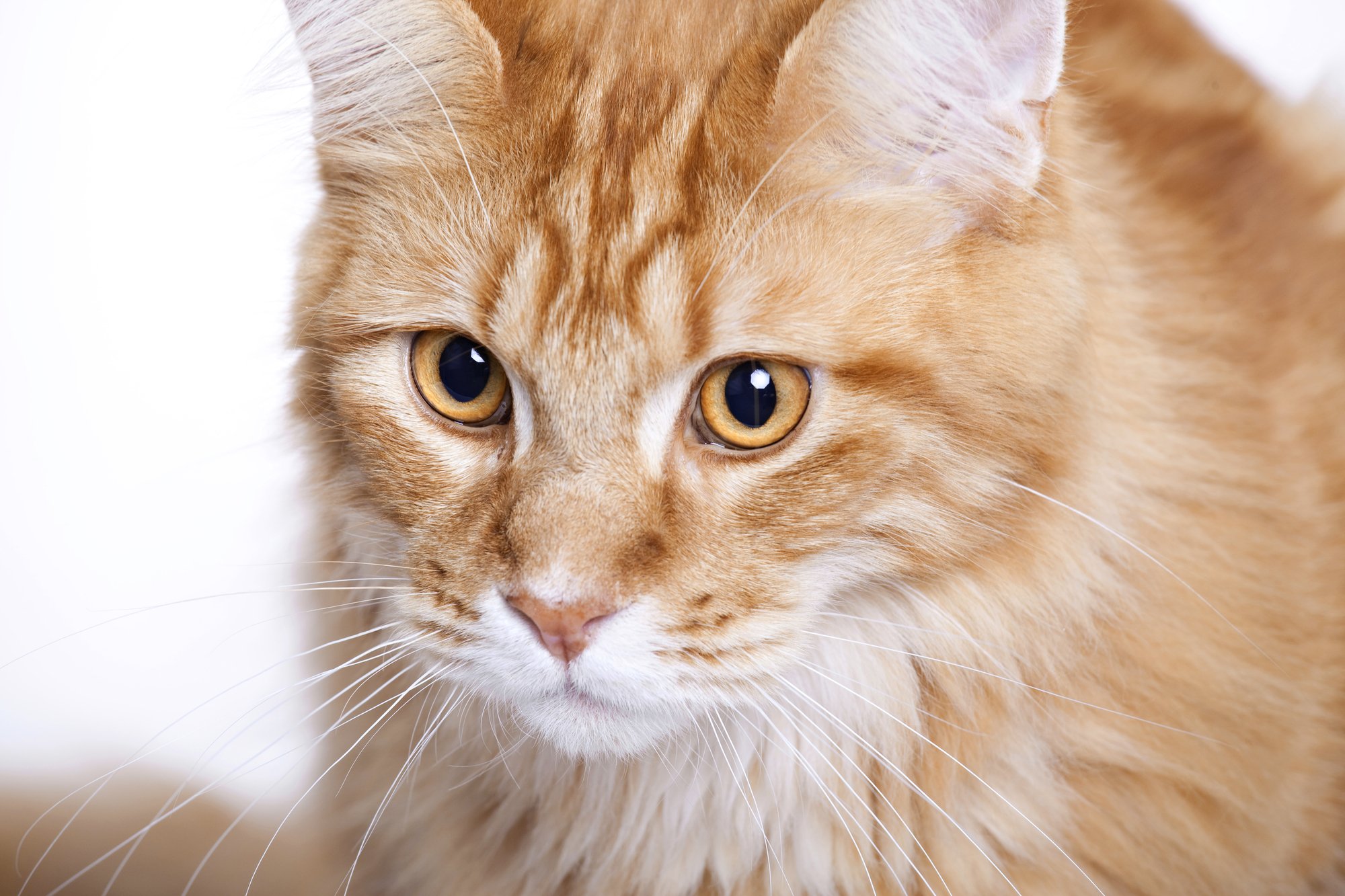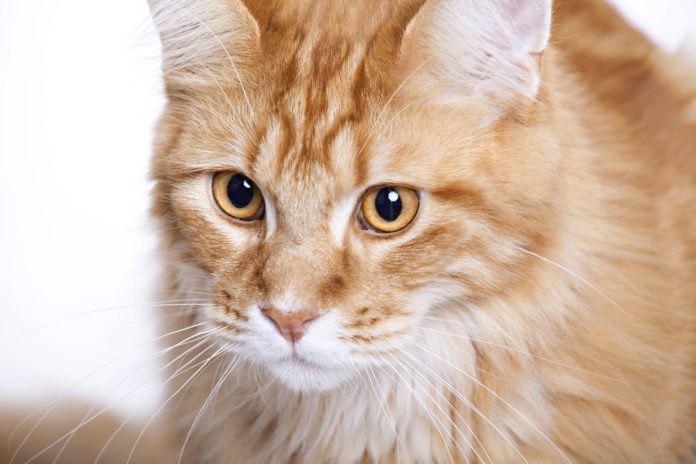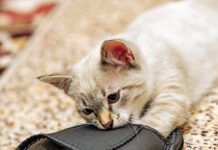

emprise | Deposit Photos
Q. I recently took my 10-year-old Maine Coon indoor/outdoor cat to the veterinarian and had him tested for feline leukemia (FeLV). The initial test (ELISA) came back positive, and the follow-up test (IFA) came back negative. My veterinarian recommends retesting in 60 days or using PCR test, but I’m worried about my cat and confused about these tests and what they are telling us. Can you shed some light on this issue?
A.Thanks for getting in touch, and I understand your confusion about these tests. Let me explain how FeLV infects cats and the stages of infection detected by each test.
Cats infected with FeLV shed virus that can be infective to other cats in their saliva, urine, feces, and tears for varying periods of time, and infection of other susceptible cats occurs via the intake of virus (usually in the saliva and/or urine of another infected cat) via the oral and nasal cavity. The virus then travels to the lymph nodes in this region, and if the virus is not neutralized by an effective immune response, it replicates (makes copies of itself using the “cellular machinery” of the host) and travels to the spleen, lymph nodes, intestine, urinary bladder, salivary glands, and the bone marrow in white blood cells called mononuclear cells.
If the immune system of the infected cat mounts a sufficient response at this point, the virus may be eliminated from all organs except the bone marrow, where it can remain in a latent state that can be reactivated later in life (called a regressive infection).
A regressive infection can usually be detected using a test called Polymerase Chain Reaction (PCR), which amplifies small amounts of FeLV genetic material (DNA). If a sufficient immune response is not mounted at this stage, the virus circulates in the bloodstream (called viremia, usually beginning two to four weeks after infection) and the cat becomes infective to other cats by shedding the virus in the body secretions mentioned above. Cats with regressive infections are not infective to other cats, but may become so at some point if the virus in the bone marrow is reactivated (often by stress).
Both the Enzyme Linked Immunosorbent Assay (ELISA) and the Immunofluorescence Assay (IFA) tests detect a protein that is produced by the FeLV virus. The ELISA test detects this protein circulating alone in the blood (generally occurs earlier in the infection) and within white blood cells and platelets that are released from the bone marrow (generally occurs later in the infection), while the IFA test detects only virus within white blood cells (i.e. later in the infectious process).
ELISA is generally used as the first screening test, as it is technically easier to run and because it generally detects earlier stages of infection. A negative ELISA test is usually a pretty reliable indicator of whether a cat is infected by FeLV, but if the possibility of recent FeLV infection exists, this test may return a false negative result. This possibility can be addressed by repeating the ELISA test a minimum of 30 days after the initial test.
A positive ELISA should always be verified by performing a follow-up test. IFA is commonly recommended in this case, and this is reasonable, except in the case where a cat is not producing many white blood cells, in which case, the IFA may provide a false negative result. This problem can be addressed by running a PCR test to rule out a regressive infection. Cats with regressive infections will test negative on both ELISA and IFA in spite of the fact that they may ultimately develop-FeLV associated conditions and become sources of infection for other cats.
Be sure to work with your veterinarian to devise the best diagnostic plan and isolate any cats whose FeLV status is undetermined from other susceptible cats.
All My Best,
Elizabeth




